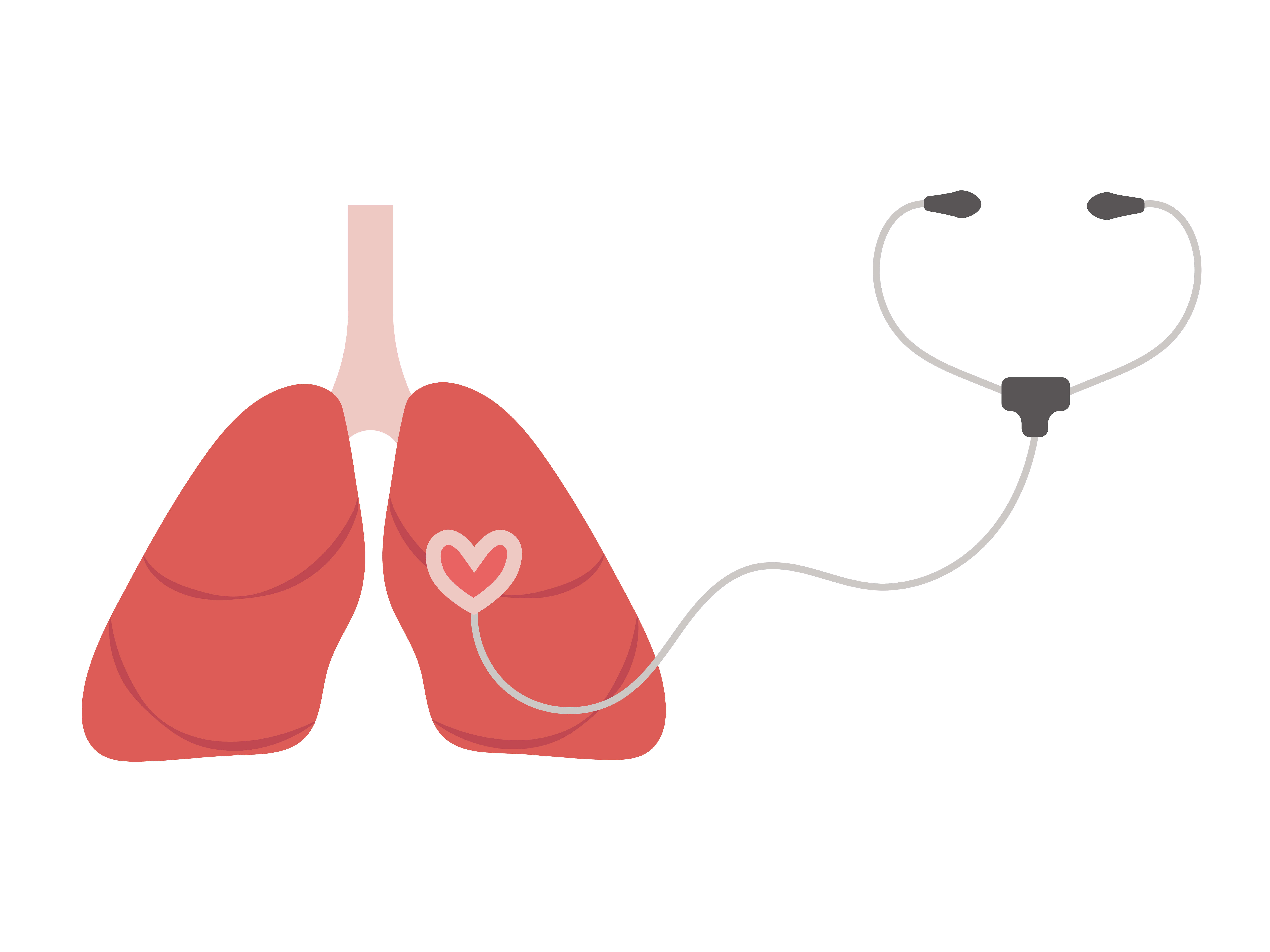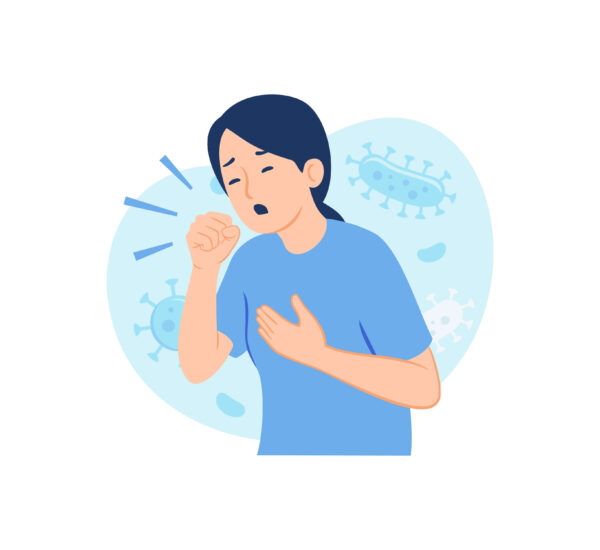While asthma may seem like a simple condition, there are actually different types of asthma that can vary in severity and triggers. Understanding the different types of asthma is crucial in managing the condition effectively and living a healthy life.
Be one step ahead towards a healthy respiratory system with this blog today!
The Basics of Asthma

At its core, asthma is a condition that affects the respiratory system. The airways in the lungs become swollen and inflamed, making it difficult for air to pass through. This situation can result in symptoms such as coughing, wheezing, and difficulty breathing.
It is often triggered by certain substances or situations, known as triggers. These triggers can vary from person to person but commonly include allergens like pollen, dust mites, or pet dander. Other triggers may include cold air, exercise, respiratory infections, and certain medications.
Common Symptoms of Asthma

The symptoms of asthma can vary and can range from mild to severe. Some common symptoms include:
- Wheezing
- Coughing
- Shortness of breath
- Chest tightness or pain
If you experience these symptoms or suspect that you may have asthma, it is important to consult with a healthcare professional for an accurate diagnosis and appropriate treatment plan.
The Different Types of Asthma
There are several types of asthma, each with its own unique characteristics and triggers. Understanding these types can help individuals manage their symptoms more effectively.

Childhood Asthma
Childhood asthma is one of the most common types of asthma and often starts during early childhood. It can be triggered by allergens, such as pet dander or dust mites, as well as viral respiratory infections.
Children with asthma may experience wheezing, coughing, shortness of breath, and chest tightness. It is important for parents and caregivers to work closely with healthcare professionals to manage their child’s asthma symptoms and minimize triggers.
Furthermore, it is crucial for parents to create a safe and healthy environment for their children. That includes regular cleaning and dusting to reduce exposure to allergens, keeping pets out of the child’s bedroom, and ensuring that the child receives regular vaccinations to prevent respiratory infections.
Adult-Onset Asthma
On the other hand, adult-onset asthma refers to asthma that develops later in life, typically after the age of 20. This type of asthma can be triggered by factors such as allergies, respiratory infections, hormonal changes, or exposure to environmental irritants.
Adults with asthma may experience similar symptoms to childhood asthma. It is important for adults with newly diagnosed asthma to work with their healthcare provider to develop an individualized treatment plan.
In addition to medical treatment, adults with asthma can also make lifestyle changes to manage their symptoms. This can include avoiding triggers, quitting smoking, maintaining a healthy weight, and practicing stress-reducing techniques such as yoga or meditation.
Occupational Asthma
On the other hand, this next type of asthma is called occupational asthma. It is a type of asthma that is triggered by exposure to certain substances in the workplace. These substances, known as occupational triggers, can include chemicals, dust, fumes, or allergens.
Occupational asthma can develop in individuals who previously did not have asthma or can worsen pre-existing asthma symptoms. Symptoms may occur during or shortly after exposure to the trigger and can include wheezing, coughing, chest tightness, and shortness of breath.
Employers play a crucial role in preventing and managing occupational asthma. They should provide appropriate protective equipment, ensure proper ventilation in the workplace, and educate employees about potential hazards and preventive measures.
Severe Asthma
Severe asthma, also known as refractory or difficult-to-treat asthma, is a type of asthma that does not respond well to standard asthma medications. This type of asthma can be challenging to manage and may require more intensive treatments.
People with severe asthma may experience frequent asthma attacks and have symptoms that are less easily controlled. It is crucial for individuals with severe asthma to work closely with their healthcare team to develop a personalized treatment plan that may include higher doses of medications or additional therapies.
Moreover, individuals with severe asthma should also prioritize self-care and lifestyle modifications. This can include regular exercise to improve lung function, maintaining a healthy diet to support overall respiratory health, and managing stress levels to prevent exacerbations.
Nonallergic Asthma
While allergic asthma is triggered by allergens such as pollen or pet dander, nonallergic asthma is triggered by other factors such as exercise, cold air, stress, or respiratory infections.
This type of asthma can cause similar symptoms to allergic asthma, including wheezing, coughing, shortness of breath, and chest tightness. It is important for individuals with this condition to identify their specific triggers and work with their healthcare provider to develop an appropriate treatment plan.
Understanding Asthma Triggers
Asthma triggers are substances, situations, or activities that can cause asthma symptoms or worsen existing symptoms. Understanding and avoiding these triggers is crucial in managing asthma effectively. While triggers can vary from person to person, there are some common asthma triggers to be aware of.

Common Asthma Triggers
Understanding asthma triggers is an essential part of managing this chronic respiratory condition. By identifying and avoiding triggers, individuals with asthma can reduce the frequency and severity of their symptoms, leading to a better quality of life.
Here are some of the asthma triggers that can result in different types of asthma:
Allergens
Allergens, such as pollen, dust mites, pet dander, and mold spores, are common triggers for asthma. These microscopic particles can be found in various environments, including homes, offices, and outdoor spaces. Individuals who are sensitive to these allergens may experience coughing, wheezing, and shortness of breath when exposed to them.
Taking steps to minimize exposure to allergens, such as using air purifiers, regularly cleaning and vacuuming, and keeping windows closed during high pollen seasons, can help reduce asthma symptoms.
Respiratory Infections (cold or flu)
When the respiratory system is already compromised by an infection, the airways become more sensitive, leading to increased inflammation and narrowing. This can result in coughing, chest tightness, and difficulty breathing. It is important for individuals with asthma to practice good hygiene, such as frequent handwashing and avoiding close contact with sick individuals, to reduce the risk of respiratory infections.
Smoking Tobacco
Both firsthand and secondhand smoke can irritate the airways and cause inflammation, leading to asthma symptoms. Individuals with asthma should avoid smoking and limit exposure to secondhand smoke. Creating a smoke-free environment at home and in public spaces can significantly improve asthma control.
Physical Activity (Exercise)
Exercise-induced asthma is a condition where physical activity triggers asthma symptoms. It is important for individuals with exercise-induced asthma to warm up properly before exercising and to use prescribed inhalers or medications as directed by their healthcare provider. Engaging in regular physical activity can actually improve asthma control in the long run, so it is important to find a balance between staying active and managing symptoms.
Identifying the Trigger
Keeping a journal of symptoms and activities can help individuals track potential triggers and patterns. This information can be shared with healthcare providers to aid in the development of a personalized asthma management plan.
Allergy testing can be a valuable tool in identifying specific allergens that may be triggering asthma symptoms. By pinpointing the allergens causing the most significant reactions, individuals can take targeted steps to avoid or minimize exposure. Allergy testing can be done through skin prick tests or blood tests, and the results can guide treatment decisions and trigger avoidance strategies.
Working closely with a healthcare provider is crucial in managing asthma triggers. Healthcare providers can help individuals identify triggers, develop strategies to avoid or minimize exposure, and prescribe appropriate medications to control symptoms. Regular check-ups and open communication with healthcare providers can ensure that asthma management plans are up to date and effective.
Conclusion
It is important for patients with different types of asthma to be proactive in managing their condition. This includes regularly monitoring their symptoms, attending regular check-ups with their healthcare provider, and following their prescribed treatment plan.
Take an active role to manage asthma by booking a consultation with a health expert.



